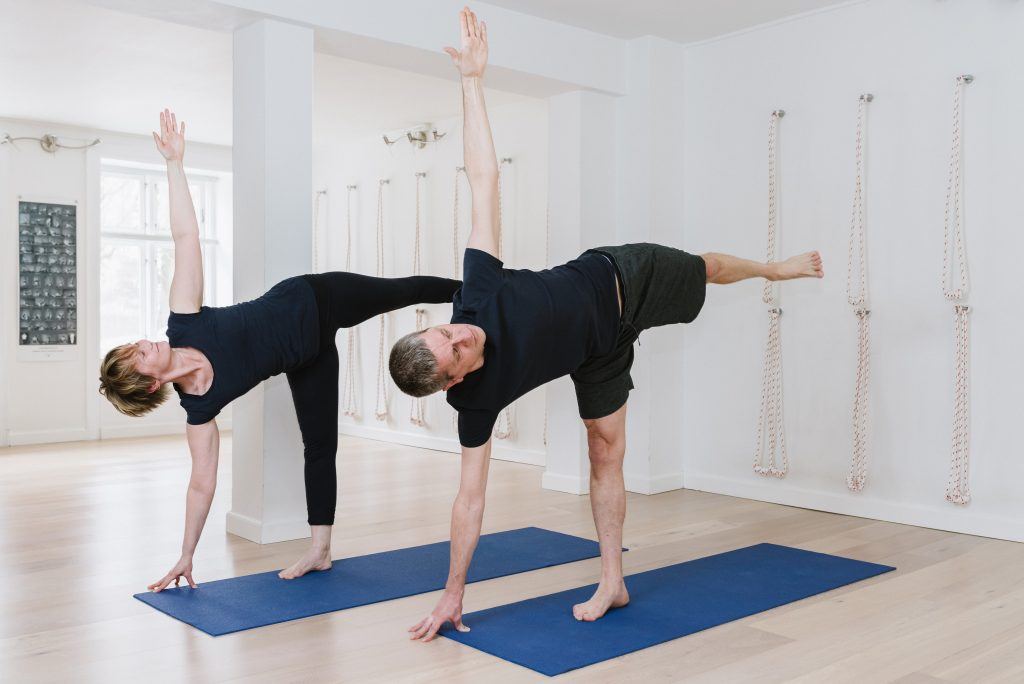Origins
Yoga comes from India and may be some 5,000 or 10,000 years old. It is a teaching which has been transmitted through word of mouth over this time. The originators of yoga may have been the first to question the nature of reality and to begin to understand the inner world.
The use of Yoga-practice in a modern world
In a rapidly changing world, with its numerous challenges and deadlines, practising yoga can become an anchor. It has the capacity to enhance every aspect of your life in a systematic way.
Its teaching couldn’t be more relevant in the modern world. It is by connecting with all aspects of our lives (e.g. family, environment, work and friends) that we cultivate a sense of global sensitivity and happiness within our communities.
What can I expect from yoga?
On a practical level, yoga is one of the quickest forms to connect your body and your brain. With regular yoga practice, all the usual little pains you have in your body will rapidly subsiding and a sense of well-being will emerge.
On a spiritual level, the benefits of yoga are limitless; as you progress in your practice your understanding will grow and you will reap its benefit. Practice deepens your knowledge of yourself and of others; adding perspective to your life and letting the best version of you emerge.
More than just exercise
The aim of yoga is to achieve the union of different aspects of your life. This is done through daily practice that includes focus on body, mind and spirit. Through this practice you bring balance into your life and your interactions with the world.
The word ‘Yoga’ comes from the Sanskrit word ‘Yuj’ meaning to join or to unite. Yoga originated in ancient India, and is considered to be one of six philosophical schools in the Hindu tradition.
While there are different methodologies in yoga, they all relate to an ancient philosophical text called The Yoga Sutra. The Yoga Sutra, written by Patanjali some 2200 years ago is a set of 196 aphorisms describing our inner path towards freedom and happiness.
The asanas
The practice of Asanas (postures) is the most common form of yoga practice in the western world. The body, breath and postures become the ‘working environment’ of our evolution.
The Yoga Sutra is the philosophical background. Acting as guidelines, without, we would be like a ‘lost’ ship in the ocean without starting point nor destination.
The effects of yoga-asanas
The effects of asanas are profound; they impact physical, physiological and mental wellbeing. There are several categories of poses, each of them creates specifics effects – here are a few examples:
– Standing poses: create the right balance between strength and flexibility in your muscles, bones and joints.
– Backbends: stimulate your glandular and cardiovascular system, they are excellent for minor spinal defects.
– Forward-bends: induces a restful state to the heart and the organs, they calm inner agitations and soothes the nerves.
– Inverted poses: are energy givers – they increase mental abilities, strengthen willpower and promotes emotional stability.
As you move along the yogic-path, you will start to recognize these specific reactions in your own body and understand the internal logic of yoga.
To read about Iyengar yoga

